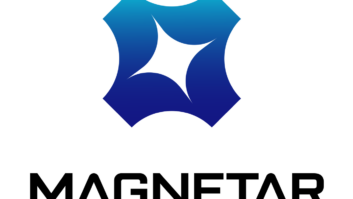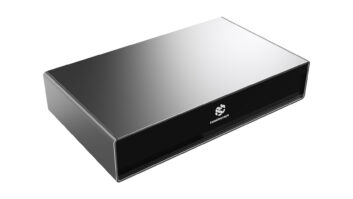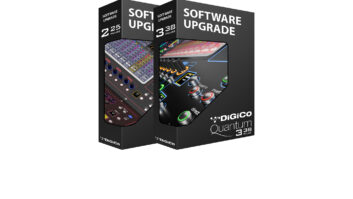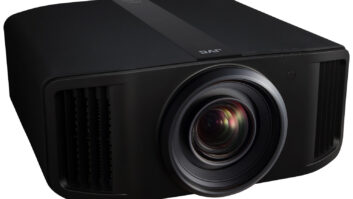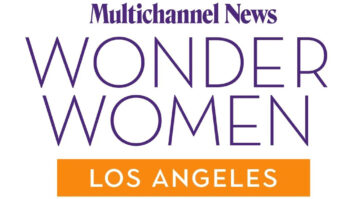LAS VEGAS — This summer, the first SD cards and devices compatible with the SeeQVault digital content transfer standard established by the Next Generation Secure Memory Initiative (NSM), led by Panasonic, Samsung, Sony and Toshiba, are scheduled to go on sale.
However, SeeQVault’s real launch will likely come in Q4 when the first Ultra HD Blu-ray decks should hit store shelves. Licensing for SeeQVault was first announced two years ago.
SeeQVault is in many ways an expansion of the idea behind UltraViolet, which allows consumers to access their purchased Blu-ray content on multiple devices. UltraViolet’s parent organization, the Digital Entertainment Content Ecosystem (DECE), added SeeQVault to its specifications in December, and announced Advanced Access Content System (AACS) approval at CES.
SeeQVault uses encoded SD cards, both full-sized and mini, to move content, replacing long movie download times often associated with UltraViolet. A user transfers purchased content to a SeeQVault SD card, which is then inserted into a smartphone or tablet loaded with the SeeQVault app, through which the content is authorized and played. According to Dean Short, the NSM Initiatives corporate secretary and counsel, no specific hardware SeeQVault certification for a mobile device is necessary, but initial playback authorization is expected to take 10 to 20 seconds.
Since Apple mobile devices lack an SD card slot, a SeeQVault SD card would be inserted into a portable streamer, such as the Sony WG-C20, and downloaded or streamed to an iOS device via a direct Wi-Fi connection.
Several SeeQVault-equipped products went on sale in Japan last fall, including four Panasonic Bluray recording decks (DMR-BRZ2000, BRZ-1000, BRW1000 and BRW500), and the Toshiba Regza DBR-Z520. Blu-ray recorders have 60 percent market penetration in Japan.
Integrating SeeQVault in the U.S. market, reliant on rented cable and satellite set-top boxes from protective service suppliers, will be more of a challenge that the largely over-the-air (OTA) TV market in Japan, however. NSM executives are expecting the major adoption of SeeQVault in the U.S. will be on premium Ultra HD Blu-ray decks.
Aside from the mandatory standards for Ultra HD Blu-ray, hardware makers will be allowed to add option features and functions, including a “digital bridge” to enable media portability.
Short expects two Ultra HD Blu-ray “digital bridge” versions to emerge: a deck with an SeeQVault SD card slot to copy a movie directly from disc to a SeeQVault card, and a deck with both a SeeQVault SD card slot and a SeeQVaultcompatible hard disk drive (HDD). Such an HDD would allow a user to transfer content from a Blu-ray to the hard drive for storage, enabling easier and faster access. The transfer of a two-hour movie from disc to either SD card or HDD is expected to take 10 to 15 minutes.
Some studios are reportedly high on SeeQVault as a way to potentially discourage online piracy. NSM is working with content providers and OTA and over-thetop service suppliers on parameters for content transferal – how many copies can be made and watched on how many and which devices, for instance, and potential SeeQVault-compliant SD slots on future set-top boxes.




